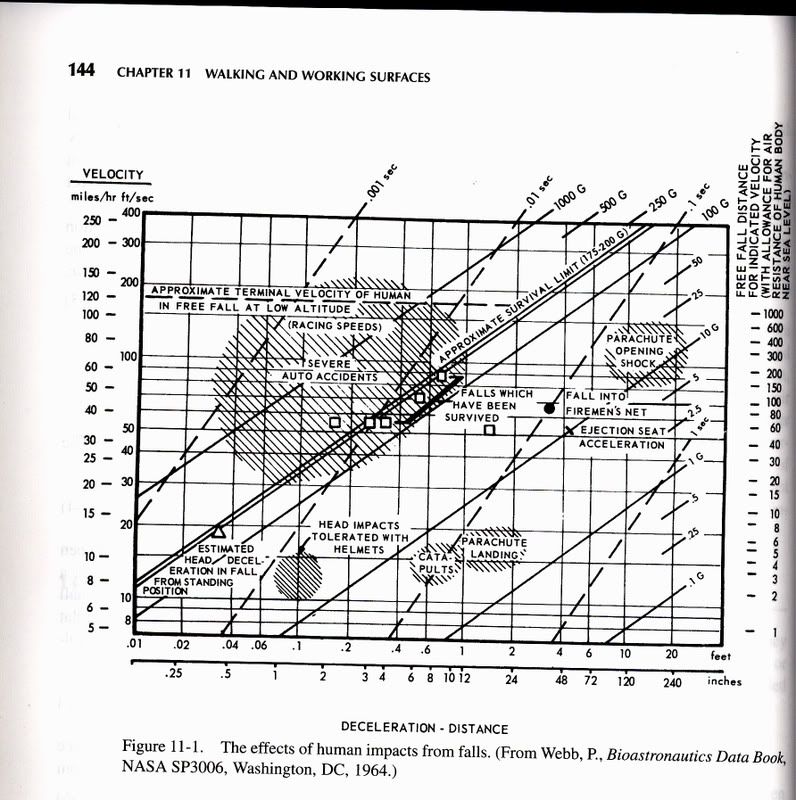The following is a table of deceleration forces verses velocity, which comes from NASA in 1964.

This table shows the deceleration forces for an unprotected human head, as stopping in just under 0.5 inches deceleration distance. At 20 feet per second (13.6 mph) the head hits at about 175-200 Gs. In a helmet which gives a deceleration distance of between 1 and 2 inches, the G forces are between 10 and 25 Gs, according to this chart. That is a huge difference.
Note that this table is a log-log table, which shows exponential relationships as straight lines. If you have not seen log-log tables before, I suggest that you google it and learn about them.
It also shows what we all agree upon, that severe auto accidents give deceleration forces which are not survivable.
My only point on this is that if a person is involved with an auto, and the forces are lower (such as being brushed by the car and crashing in a ditch), that having a helmet on will increase the likelihood that the person will survive.
Chew on this for a while, and I'll get back when I'm done with homework and lab reports.
John
Brauer, Roger L., Ph.D., CSP, PE,
Safety and Health for Engineers, Second Edition, Wiley-Interscience, A John Wiley & Sones, Inc., Publication, 2006, pg 144.